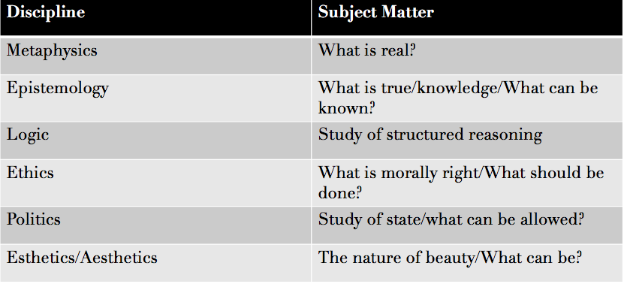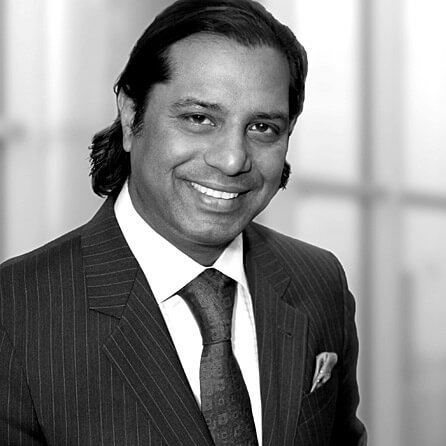What is Aesthetics and Why We Do It?
As words enter the vernacular or common usage, their meanings tend to evolve. One such word that seems to have evolved and even strayed from its original meaning is the term aesthetics. The word today is variously used to describe cosmetic treatments or professionals that offer varying degrees of beauty enhancements.
Aesthetics is a subset of philosophy which deals with the study and nature of beauty. At its most elemental form, the philosophical branch of aesthetics poses the important question of “what can be?”. This is as significant a question posed by the philosophical sub-discipline of epistemology (what can be known?) and ethics (what must be?).
Branches of Philosophy

The term Plastic (Plastikos) Surgery was coined by Dessault in 1798 and referred to correction of facial and nasal deformities. The earliest accounts of surgery purely to improve appearance and not for the treatment of disease can be traced back to Dieffenbach in the late 19th century. The Indian rhinoplasty described 2000-years prior was invented to correct an acquired deformity of the nose and was not a cosmetic procedure.
The first aesthetic procedures were performed for correction of prominent ears and reshaping of the nose (John Orlando Roe). Following World War I, the first time that large scale mechanized warfare occurred, the nature of facial, limb and abdominal injuries posed an entirely new challenge to surgeons. It was during this era that Plastic Surgery became firmly established as a distinct surgical specialty.
Aesthetic surgery was practiced prior to the formalization of Plastic Surgery as a distinct specialty. The infamous Dujarier case circa 1926, possibly one of the first known applications of liposuction, in which a model suffered a devastating complication of aesthetic surgery — her leg was amputated, resulted in increased scrutiny and recriminations of surgeons offering aesthetic surgery. Despite this setback, the French Society of Plastic Surgery was founded in 1930.
Aesthetic surgery has seen stupendous advances since the days of Dujarier. It is now an integral part of Plastic & Reconstructive Surgery. In fact most principles and techniques of aesthetic surgery are derived from reconstructive surgery. Aesthetic principles are also applied to the reconstructive patient in an effort to create the best results.
In the end, aesthetics is the pursuit of a possibility of what can be. As lifespans continue to improve, clients increasingly pursue a vision of “what can be” in order to appear as well as they feel. I humbly submit that the term aesthetics and the embodiment of “what can be” should be applied to other aspects of our individual pursuits, communal goals, and societal ideologies.
Aesthetics isn’t simply looking good and your aesthetician isn’t necessarily a philosopher.

P. Pravin Reddy, MD is a Board Certified Plastic & Reconstructive Surgeon and a member of the American Society of Plastic Surgeons.